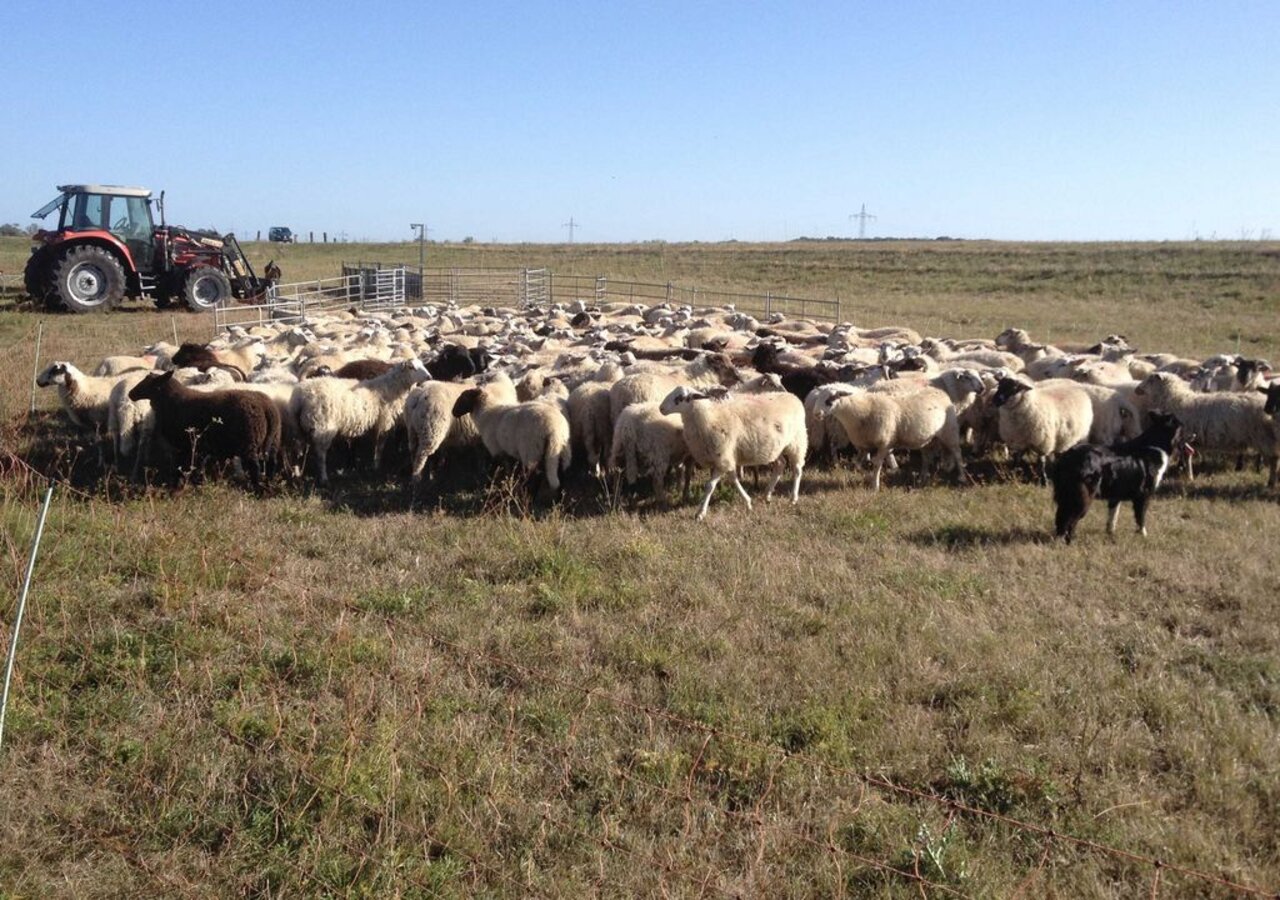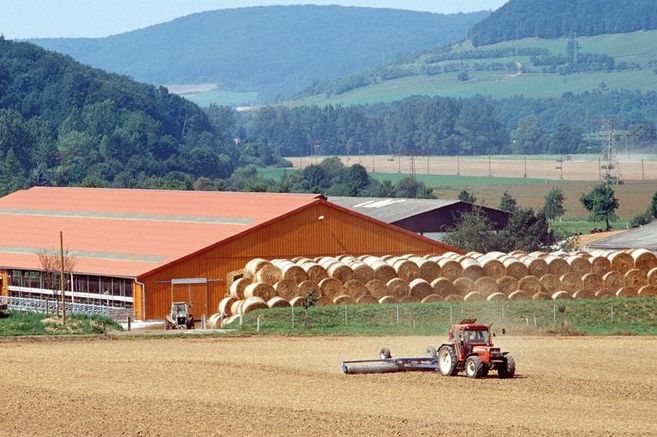Project
Future of sheep farming in Germany

Future of sheep farming in Germany
Sheep farmers make an important contribution to the preservation and maintenance of landscapes and at the same time produce valuable food and wool. But what is the current state of sheep farming? What types of sheep farms are there in Germany? What are the perspectives and challenges? These questions will be addressed in the project.
Background and Objective
Sheep farming in Germany has been declining since the early 1990s and is facing economic challenges. After years of silence around the sector, sheep regained public and media attention due to the growing wolf population and the increasing threat of wolf attacks. But what is the real situation in German sheep farming at the moment? In order to be able to better evaluate the current situation of sheep farms, this project will first attempt to structure the sheep farming sector by typologizing farms. A typification allows to evaluate trends of change in animal husbandry and to identify important obstacles to productivity. It can also be used to prioritize specific policy measures and as a tool to support advisors in their work with individual farmers.
However, knowledge of the structure of the sector is not sufficient to provide support for policy decisions and, where relevant, for any specific promotion of sheep production. Gaps in information on the economic situation of sheep farms must also be filled. This project aims at closing these gaps in order to identify perspectives and challenges for a future economic sheep production.
Approach
Against this background, a survey was carried jointly with the sheep breeding associations to collect physical parameters of sheep farms, such as flock size, area, type of farming and location, as well as the attitudes of sheep farmers with a comprehensive questionnaire. From the data collected in this survey, a cluster analysis was performed to characterize different types of farms. In a second step, case studies are collected for the farm types determined in this way. Within the framework of the case studies, focus groups are conducted to determine important production and economic parameters of typical farms. Subsequently, the economic situation as well as the production costs are analyzed with the model TIPI-Cal. The economic situation of the different farm types is compared between the different farm types and in the international context of the agri benchmark network. From these analyses and comparisons, perspectives and strategies for sheep farmers are derived in the third step and assessed using scenario calculations. In the context of this project also analyses of the costs of wolf attacks and herd protection measures in sheep and cattle farming were carried out.
Our Research Questions
- What are the typical types of sheep farms in Germany and how can they be distinguished from each other?
- How can the economic situation of the different types of farms be assessed in relation to each other and in an international comparison?
- What measures and possible options for improvement can provide prospects for sheep farming and how can these be assessed?
Results
The survey of farms was conducted from June to September 2019 with the participation of over 400 sheep farmers. Of the completed questionnaires, 359 were fully processed and can be used for analysis. A publication on the typologization of the farms is in preparation.
With the cluster analysis carried out, a total of nine different farm types could be identified, which differ in terms of their production systems, flock size, acreage and production objective:
- 5 types of full-time farms
- 3 types of these with an average of more than 500 ewes and a predominant focus on landscape management
- 2 types of these with an average of less than 500 ewes and a predominant focus on meat production
- 2 types of part-time farms
- 2 types small-scale and hobby sheep farms
Each type of farm fulfills different tasks, some of which are relevant to society, through factor equipment, production methods and production orientation:
- It is noticeable that almost exclusively the large full-timel sheep farms with more than 500 ewes perform labor-intensive forms of herding with their flocks. In addition, the farms of these types have a high proportion of land that is not specified as arable land or grassland, but as special land such as heaths and moors. Thus, these types play an essential role in maintaining and keeping open landscapes. Thus, the decline of the large full-time sheep farms and the trend toward paddock management should be considered a concern.
- In the smaller full-time as well as part-time farm types, sheep are kept almost exclusively in fenced paddocks. They play an essential role in meat production and maintenance of landscape elements. Areas of the farms that are not arable or grassland were often specified as dike areas or other landscape elements such as orchards or photovoltaic areas.
- The types of small-scale and hobby farms stand out due to a high proportion of herdbook breeders and the use of endangered breeds. Thus, they make an important contribution to the breeding and conservation of endangered breeds.
Across all types of farms, the current situation is assessed as only slightly positive. The main problems are seen in profitability and herd protection. No significant differences in situation assessment and perceived problems were found between farm types.
Results were published in the Small Ruminant Journal.
In September 2020, the survey of case studies was started with the standardized survey procedure of agri benchmark to assess the profitability of the farm types. A report is planned for the second quarter 2024.
Thünen-Contact

Duration
4.2017 - 12.2024
More Information
Project status:
finished
Publications to the project
- 0
Schütte J (2023) Typology of German sheep farms - Differences in structure, characteristics, challenges and the provision of goods and services. Small Ruminant Res 226:107022, DOI:10.1016/j.smallrumres.2023.107022








